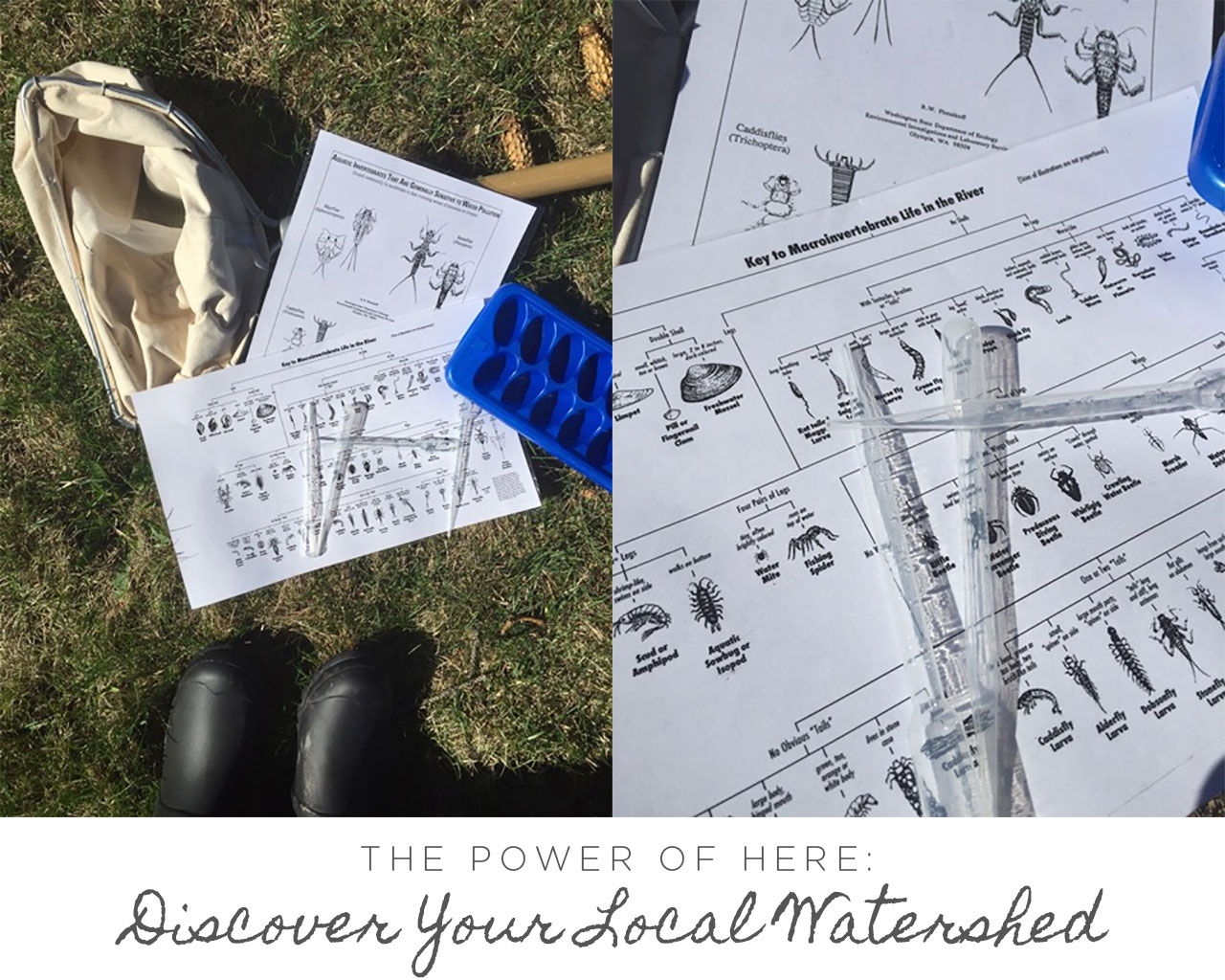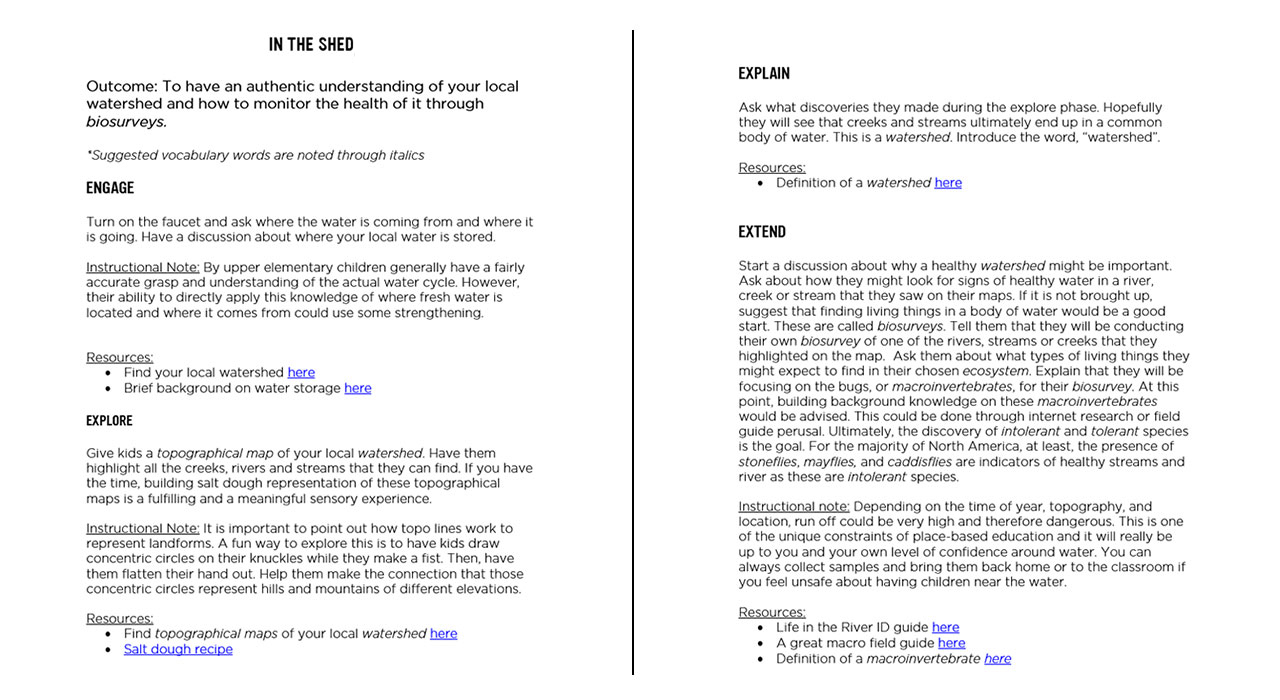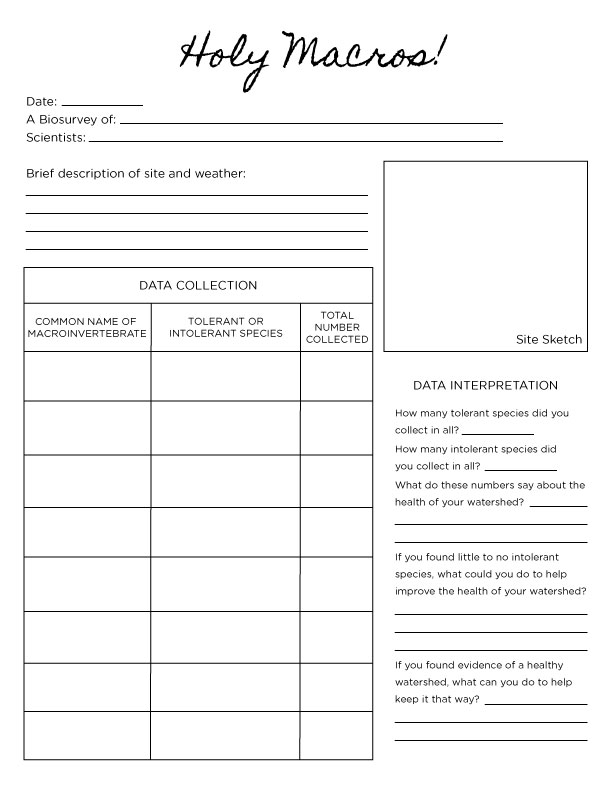The Power of Here: Discover Your Local Watershed
 Place-based education has been around for quite some time. However, it is gaining momentum in the public education sector as educators have discovered the high levels of engagement and the inevitable adoption of The Next Generation Science Standards across states. The philosophy behind place-based education is that if children are introduced to various topics in a specific and personal space such as their own community, they can then apply their knowledge later in life to the larger global macrocosm. It is fairly straight forward, and in that simplicity lies the genius.
Place-based education has been around for quite some time. However, it is gaining momentum in the public education sector as educators have discovered the high levels of engagement and the inevitable adoption of The Next Generation Science Standards across states. The philosophy behind place-based education is that if children are introduced to various topics in a specific and personal space such as their own community, they can then apply their knowledge later in life to the larger global macrocosm. It is fairly straight forward, and in that simplicity lies the genius.
As the Next Generation Science Standards begin to dictate states’ curriculum, educators are finding themselves scouring resources to make their own science instruction more rigorous, engaging and ultimately rooted in the ideas of citizen science. The NGSS calls for a closer examination of human impact and interaction with the environment across all grade levels. This is both an exciting and daunting task. At least in the elementary years, I would argue that a place-based curriculum is going to give schools the biggest bang for the buck. It does require a lot of planning, coordination with local agencies, and study of content knowledge on the teacher’s part. However, it is within those hours of research, emails and phone calls that the teacher begins to own the lessons. But, what if everyone were to get involved in this process. The best part of teaching is the learning, and this joy should not belong to classroom teachers, alone. Place-based education can be led by anyone who lives in a…place!
Below is an idea for adults with children in the upper elementary grades that elicits learning about the health of local watersheds (click on photo below to download lesson).
And here’s a worksheet to record your findings (click on photo to download):


